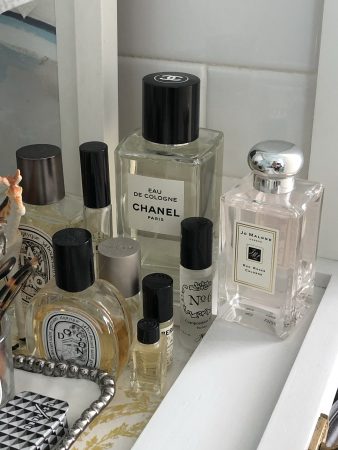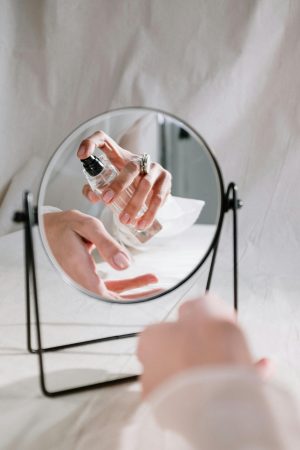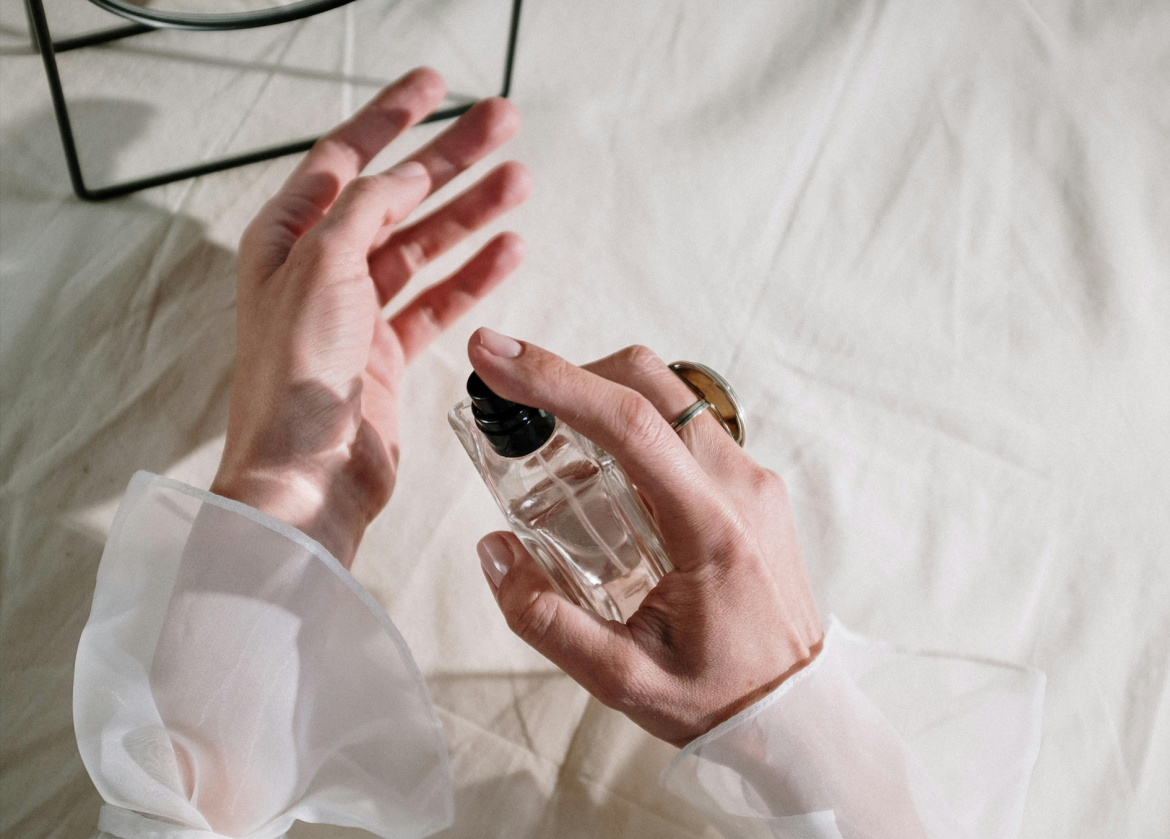When shopping for fragrances, you may have noticed two common terms on perfume bottles: Eau de Toilette (EDT) and Eau de Parfum (EDP). Understanding the difference between these two can help you choose the right scent for your needs and preferences.
ALSO SEE: Is mould growing in your beauty blender?
Concentration of fragrance oils
The primary difference between EDT and EDP lies in the concentration of fragrance oils used in their composition.
As Perfume Direct explains, “The strength of a fragrance is dependent on the amount of perfume oil that is used. Perfume oil is mixed with alcohol to create the intensity of a perfume or aftershave; the more oil, the stronger the scent and the longer it will last.”
Eau de Toilette typically contains a lower concentration of fragrance oils, usually between 5-15%. On the other hand, Eau de Parfum has a higher concentration, typically ranging from 10-20%.
As noted by L’occitane SA, “Eau de Parfum translates as perfume water and it contains a more concentrated amount of the fragranced oils that define a scent.”

Dupe / Isabella Bonnet
Lasting power and intensity
Due to their different concentrations, EDT and EDP vary in terms of how long they last on the skin and how intensely they project.
Generally, Eau de Toilette fragrances have a shorter lifespan, typically lasting between 4 to 7 hours. In contrast, Eau de Parfum, with its higher concentration of fragrance oils, can last up to 8 hours or more.
The increased concentration in EDPs not only extend the wear time but also influences how the scent develops throughout the day. The higher concentration can alter the fragrance’s ‘sillage’ – the trail left in the air when someone wearing perfume passes by. This means that an EDP version of a scent might evolve differently on the skin compared to its EDT counterpart, offering a more complex and longer-lasting fragrance experience.
Scent profile
EDT and EDP versions of the same fragrance may also have distinct scent profiles. Some brands adjust their formulas beyond increasing the concentration of oils, reports Byrdie.
Some perfume houses create entirely new interpretations of the original scent when developing their EDP versions. This can result in highlighted or amplified notes, or even the introduction of new elements that weren’t present in the EDT. As a result, you might find noticeable differences between the EDT and EDP versions of your favorite fragrances.

Pexels / Cottonbro
When to wear
Choosing between EDT and EDP often comes down to the occasion and individual preferences.
You might opt for Eau de Toilette for everyday use, such as at the office, during casual outings, or for running errands. Its lighter nature makes it suitable for daytime wear and environments where a subtle scent is more appropriate.
On the other hand, Eau de Parfum is frequently reserved for special occasions or evening events. Its stronger concentration allows for a more noticeable and longer-lasting fragrance, making it ideal for situations where you want to make a lasting impression. The deeper, more complex nature of EDPs can add an extra touch of sophistication to formal or romantic settings.
Fragrance experts often suggest that the lighter, fresher qualities of EDTs work well for daytime or professional settings, while the richer, more intense characteristics of EDPs are better suited for evening wear or events where you want your scent to stand out.
The price tag
Eau de Parfum is generally pricier than Eau de Toilette due to its higher concentration of fragrance oils.
ALSO SEE:
This surprising product is a go-to for a perfect slicked-back ponytail
Feature Image: Pexels / Cottonbro

